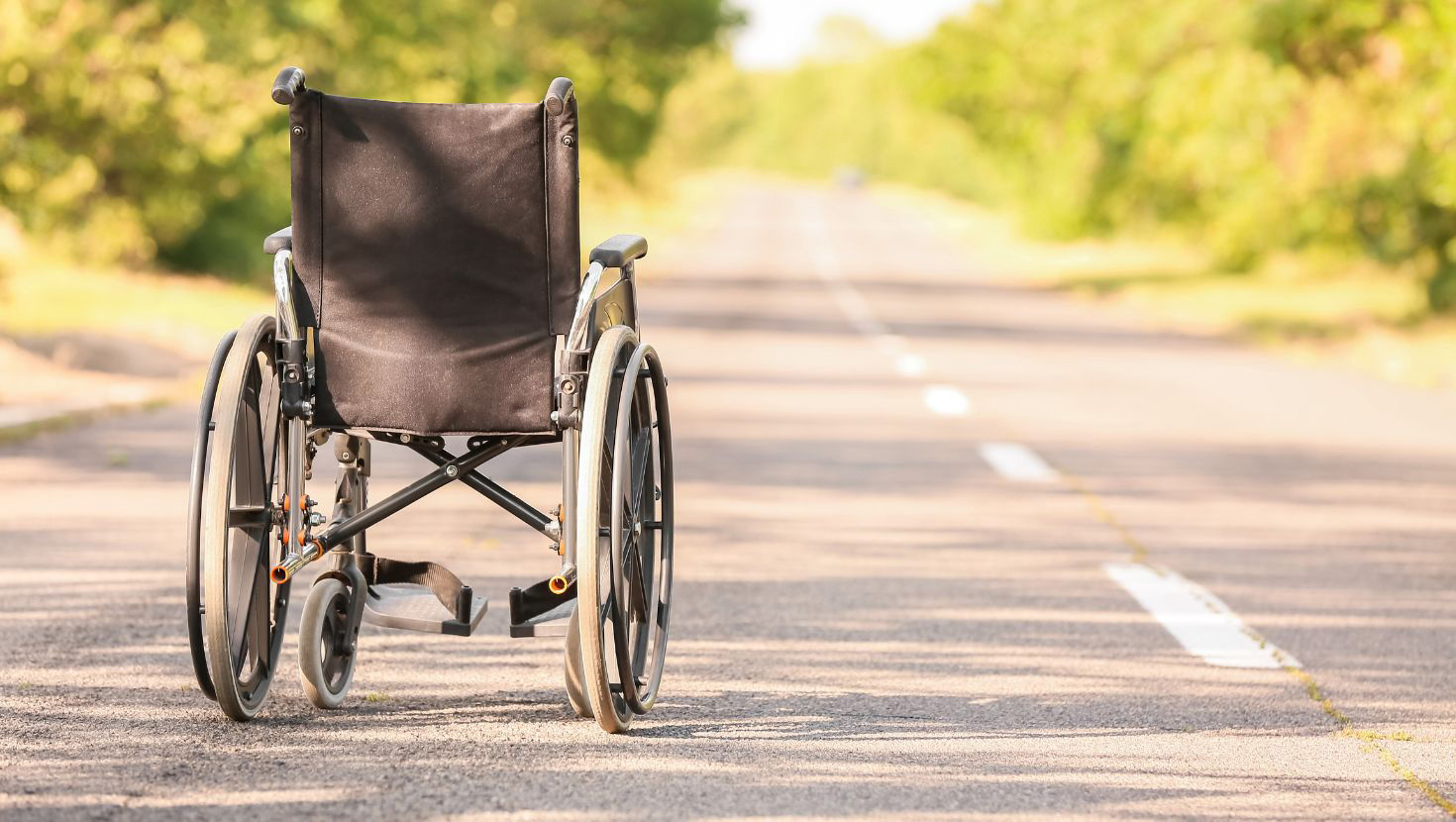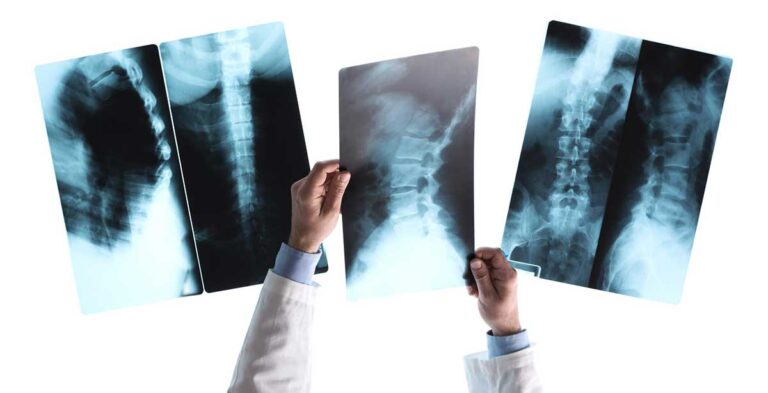The Price of Independence Following a Catastrophic Injury
Navigating the Financial Landscape of a Catastrophic Injury in Canada
In recent blog posts, we’ve been shedding light on catastrophic injuries, emphasizing the profound impact they can have on a person’s life. Beyond the evident physical challenges, these injuries can lead to emotional and mental struggles. This discussion will delve into the long-term aftermath of catastrophic injuries, focusing on the financial aspects, particularly housing and attendant care. We’ll explore how individuals can strive for independence post-injury, considering the unique circumstances of spinal cord injuries.
The Tragic Reality of a Catastrophic Injury
Spinal cord injuries are especially devastating due to the significant physical damage and the abrupt lifestyle changes they bring. In Canada, the prevalence of such injuries underscores the need for comprehensive support for victims.
- Financial Challenges in Pursuit of Independence: The journey towards independence for individuals with severe spinal cord injuries may seem daunting, but it’s not impossible. While a lifetime of assistance is often required, the right support can enhance their sense of independence. Decisions like choosing attendants and suitable housing contribute significantly to improving their quality of life.
- Housing Modifications and Associated Costs: Achieving independence often involves modifying existing homes or finding new, suitable accommodations. This process is not only logistically challenging but also financially burdensome. In Canada, statistics reveal the staggering costs involved in making homes accessible for those with changed physical conditions.

- Attendant Care Services: A Vital but Costly Necessity: Post-rehabilitation, the need for attendant care services persists. However, these services come at a considerable expense. Exploring Canadian statistics on the financial impact of such services is crucial to understanding the full scope of the challenges faced by those with catastrophic injuries.
- Legal Recourse for Financial Relief: Fortunately, legal avenues exist to address the financial burdens caused by catastrophic injuries. Victims, whose injuries result from another party’s negligence, can seek compensation through personal injury lawsuits. Consulting with a qualified personal injury lawyer is a vital step in exploring insurance options and navigating the complexities of such cases.
Independence following a catastrophic injury is a complex journey, particularly when considering the financial aspects. In Canada, individuals grappling with severe spinal cord injuries must navigate housing challenges and attendant care expenses. Legal recourse becomes a beacon of hope, offering a pathway to financial relief for victims. By shedding light on these challenges and providing insights into available solutions, we aim to empower those affected by catastrophic injuries in their pursuit of independence.
Helping Injured Clients
For over 35 years, CLG Injury Lawyers have helped thousands of injured clients. We fight for your rights to receive the maximum compensation you deserve. Providing you the Peace of Mind to focus on your Road to Recovery. Our experienced personal injury lawyers offer a free, no obligation case evaluation.
For more articles and safety tips, go to https://clginjurylaw.ca/blog/ or subscribe to our newsletter.









